When discussing limited-slip differentials, the comparison of Torsen vs clutch-type LSD reveals their unique characteristics. A Torsen differential utilizes gears to distribute power between the wheels, while a clutch-type LSD employs friction plates to manage power transfer. These distinctions influence their performance in various scenarios. The Torsen provides smooth and automatic adjustments for power distribution, whereas the clutch-type offers enhanced traction control for improved grip. Understanding these differences is crucial for selecting the right option. In the Torsen vs clutch-type LSD debate, your decision ultimately hinges on what you prioritize most—efficiency, strength, or performance.
Key Takeaways
-
Torsen differentials use gears to share power smoothly. They are great for daily driving and light off-road trips.
-
Clutch-type LSDs use friction plates for better grip and control. They work well for racing and tough jobs.
-
Think about how you drive: pick Torsen for comfort and easy care, or clutch-type for strong performance and grip.
-
Match your car’s use; Torsen is good for sedans and all-wheel drives. Clutch-type works best for sports cars and trucks.
-
Compare performance and upkeep; Torsen needs less care, but clutch-type might need more repairs.
Torsen Differential: How It Works and Key Features
How Torsen Differentials Work
A Torsen differential uses gears instead of clutches to work. It has helical gears that split power between the wheels. This setup adjusts power smoothly based on torque changes. For example, the Honda S2000 uses a Torsen Type B differential. This helps the car handle better by adjusting power as needed.
The system moves power from a slipping wheel to one with grip. This is controlled by the torque bias ratio, a key feature of Torsen systems. The ratio decides how much power shifts between the wheels. Different types, like Torsen A and B, have unique ratios for specific needs.
|
Feature |
Description |
|---|---|
|
How It Works |
Torsen uses torque bias ratios to share power effectively. |
|
Design Types |
Some versions include different ratios or extra clutch parts. |
|
Performance Details |
Works differently at low and high loads, based on the ratio. |
Benefits of Torsen Differentials
Torsen differentials have many advantages. They improve stability by spreading power evenly, which helps with traction. This also reduces tire wear and keeps the car steady in tough conditions.
Another benefit is its simple mechanical design. You don’t need regular maintenance because it works using internal friction. This makes it a dependable choice for long-term use. Torsen systems are also great for torque vectoring, where precise power control is important.
Downsides of Torsen Differentials
Torsen differentials do have some downsides. They need resistance on both wheels to work well. If one wheel loses all grip, like on ice, the system may not transfer power properly.
The design can also be less effective in certain situations. While it works well for most driving, it’s not ideal for extreme off-road use. Knowing these limits is important when deciding if a Torsen differential is right for you.
Best Uses for Torsen Differentials
Torsen differentials work best in situations needing smooth power sharing. They are great for cars made for street driving, light off-roading, and driving in all weather.
-
Street Performance Vehicles: If you like driving on curvy roads, Torsen helps. It smoothly moves power between wheels, making turns easier and safer. Cars like the Audi TT and Mazda MX-5 Miata use Torsen for better handling.
-
All-Wheel Drive Systems: Many all-wheel-drive cars use Torsen for center or rear axles. This keeps power balanced, helping on wet or icy roads. It’s useful if you drive in bad weather often.
-
Light Off-Roading: Torsen is not for extreme off-road trips but works on rough paths. It handles gravel or mud well, making it good for SUVs and crossovers used outdoors sometimes.
Tip: Want low upkeep and smooth driving? Torsen is a solid pick for daily use and light performance needs.
Torsen is best when grip and balance are key. Think about how you drive to see if it fits your needs.
Clutch-Type Differential: How It Works and Key Features
How Clutch-Type Differentials Work
A clutch-type differential uses friction plates, called clutch packs, to share power. When torque is applied, pressure rings press the clutch plates together. This increases the connection between the wheels for better traction. The clutch packs can be adjusted to control how much power shifts. This makes clutch-type LSDs great for high-performance cars needing precise power control.
Unlike viscous LSDs, which use fluid, clutch-type LSDs use mechanical parts. This design reacts faster and works better in changing driving conditions.
Benefits of Clutch-Type Differentials
Clutch-type LSDs have many advantages for performance-focused vehicles:
-
They improve traction by sending power to the wheel with grip.
-
Their design helps with better handling during turns.
-
You can adjust them to fit specific driving needs.
-
They are excellent for racing, where quick power shifts are needed.
These features make clutch-type LSDs a top choice for drivers wanting better control and performance.
Downsides of Clutch-Type Differentials
Clutch-type LSDs work well but have some downsides.
|
Differential State |
What Happens |
|---|---|
|
Fully Open |
Little power transfer, no strong turning force. |
|
Partially Locked |
Turning force depends on torque and clutch resistance. |
|
Fully Locked |
Strong turning force from tire slip differences. |
Other challenges include:
-
Friction causes wear, so parts may need replacing often.
-
Sudden engagement can make performance feel uneven.
-
They don’t last as long under heavy stress, like off-road or racing.
Knowing these limits helps you decide if a clutch-type LSD fits your car and driving style.
Best Uses for Clutch-Type Differentials
Clutch-type LSDs work best in situations needing strong grip and control. Their design makes them perfect for fast cars and tough jobs. Knowing where they perform well helps you decide if they fit your needs.
Racing and Fast Cars
If you love racing or fast driving, clutch-type LSDs help a lot. They improve grip during sharp turns and quick starts. This gives you better control, especially on tight curves at high speeds. Many race cars use clutch-type LSDs for better track performance.
|
Use Case |
Key Benefit |
|---|---|
|
Racing |
Improves grip and control for better track performance. |
Heavy-Duty Trucks and SUVs
Clutch-type LSDs are also great for trucks and SUVs. They send power to the wheel with grip, keeping the vehicle steady. This is helpful for towing or carrying heavy loads. Special designs make them even better for specific tasks, making them a strong choice for tough jobs.
|
Use Case |
Key Benefit |
|---|---|
|
Heavy-duty vehicles |
Custom designs improve performance for tough tasks. |
Off-Road Driving
For off-road fans, clutch-type LSDs give the grip needed for rough paths. Whether climbing rocks or driving through mud, they help keep you moving. They quickly adjust to changes, so you stay in control on tricky terrain.
Tip: Want better grip and control? Clutch-type LSDs are great for racing, tough jobs, or off-road fun.
Choosing a clutch-type LSD means getting a differential that handles tough situations. Whether racing, hauling, or exploring, it gives you the grip and control you need.
Torsen vs Clutch-Type LSD: A Comprehensive Comparison
Performance in Various Driving Scenarios
Street Driving
For daily driving, Torsen differentials give a smooth and steady ride. They shift power between wheels automatically, helping with turns and wet roads. This improves handling and reduces tire wear, making them great for commuting. Clutch-type LSDs, however, offer stronger grip but feel rougher when engaging. This can make them less comfortable for everyday use.
Off-Roading
Off-road fans often pick clutch-type LSDs because they can fully lock. This helps transfer power better on uneven paths or when climbing obstacles. Torsen differentials are dependable but may fail if one wheel has no grip, like when lifted off the ground. In such cases, they act like open differentials, which limits their usefulness.
High-Performance Racing
For racing, clutch-type LSDs are excellent as they handle high torque and keep grip steady. They help with sharp turns and fast starts but may need adjustments for best performance. Torsen differentials react quickly and work predictably, making them better for smooth, high-speed tracks where steady power is key.
Note: Your driving style decides which is better. Torsen works well in calm conditions, while clutch-type excels in tough or high-pressure situations.
Maintenance and Longevity
Torsen differentials need little care because of their gear-based design. They last long and rarely need fixing. Clutch-type LSDs, on the other hand, use friction plates that wear out. You’ll need to rebuild them often, especially for racing or off-road use. While Torsen is durable, clutch-type LSDs need more upkeep to stay in good shape.
Cost and Affordability
Torsen differentials cost more upfront due to their advanced gears and durability. Clutch-type LSDs are cheaper at first but need more money later for repairs and parts. If you’re on a budget, think about long-term costs before choosing.
Suitability for Different Vehicle Types
Picking the right limited-slip differential depends on your car and its use. Both Torsen and clutch-type LSDs are great for specific needs.
Torsen differentials are best for smooth driving and steady performance. They work well in sports cars or sedans, improving turns and stability. These systems adjust power automatically, making them perfect for street driving or light off-road trips. Many all-wheel-drive cars use Torsen to balance power, helping on slippery roads.
Clutch-type LSDs are better for high-performance or heavy-duty tasks. They are often used in race cars for quick power shifts and strong grip. Trucks and SUVs also benefit from them for towing or off-road driving. Their design gives better traction on rough paths or with heavy loads.
Research shows these systems fit many vehicle types:
-
In 2023, clutch-based designs led the limited-slip differential market.
-
Clutch-type LSDs are popular for boosting performance in certain cars.
-
Both Torsen and clutch-type LSDs adapt to different driving needs.
Think about your car’s purpose when choosing. For daily driving or light outdoor use, Torsen is reliable and easy to maintain. For racing, towing, or tough trails, clutch-type LSDs offer the grip and control you need.
Tip: Pick a differential that matches your car’s job for the best results.
Choosing the Right Differential for Your Needs
Evaluating Your Driving Style and Preferences
How you drive affects which differential is best for you. If you like smooth and easy driving, a Torsen differential works well. It spreads power evenly, great for city or highway use. But if you enjoy fast driving or off-road trips, a clutch-type differential gives better grip and control. Think about how often you face sharp turns, slippery roads, or bumpy paths. These details help you pick the right system for your needs.
Tip: Ask yourself, “Do I want comfort or performance?” This can help you decide.
Considering Vehicle Specifications and Usage
Your car’s type and purpose also matter when choosing a differential. Sports cars often need clutch-type systems for handling sharp turns and high torque. Trucks and SUVs, used for towing or rough roads, also work well with clutch-type differentials. Sedans and all-wheel-drive cars usually have Torsen systems. These give steady power for better balance. Check your car’s design and how you use it to find the best match.
Balancing Performance, Maintenance, and Budget
It’s important to balance performance, upkeep, and cost. Torsen differentials need little care, saving money over time. Clutch-type differentials cost less at first but need more repairs because of worn parts. Think about how much you’ll spend on maintenance later. If you want low upkeep and durability, go with Torsen. If you need strong performance in tough conditions, the extra care for a clutch-type system might be worth it.
Note: Compare upfront costs with future expenses to choose wisely.
Picking between Torsen and clutch-type LSDs depends on how you drive. Torsen differentials are great for smooth driving and need little care. Their gear design makes them reliable and reduces repairs. They are best for city or highway driving where steady performance matters.
Clutch-type LSDs are better for high-performance needs. They give strong grip and control, perfect for racing or off-road fun. But their friction parts wear out, so they need more upkeep.
In the Torsen vs clutch-type LSD choice, think about your driving and car type. Torsen is good for daily driving, while clutch-type works for tough or fast tasks. Knowing these differences helps you pick the one that fits your style and budget.
Tip: Want smooth driving with low upkeep? Choose Torsen. For top performance, go with clutch-type LSDs, even if they need more care.



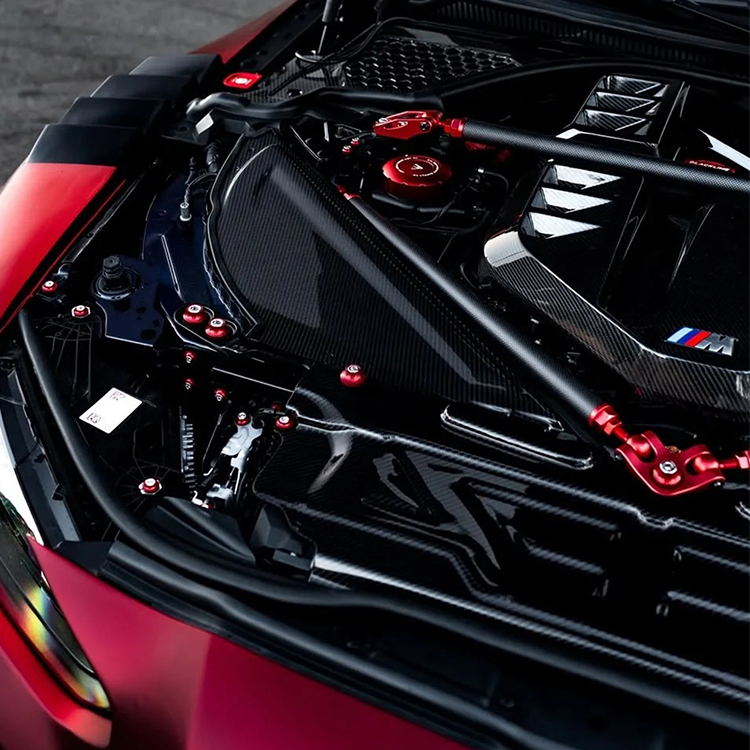
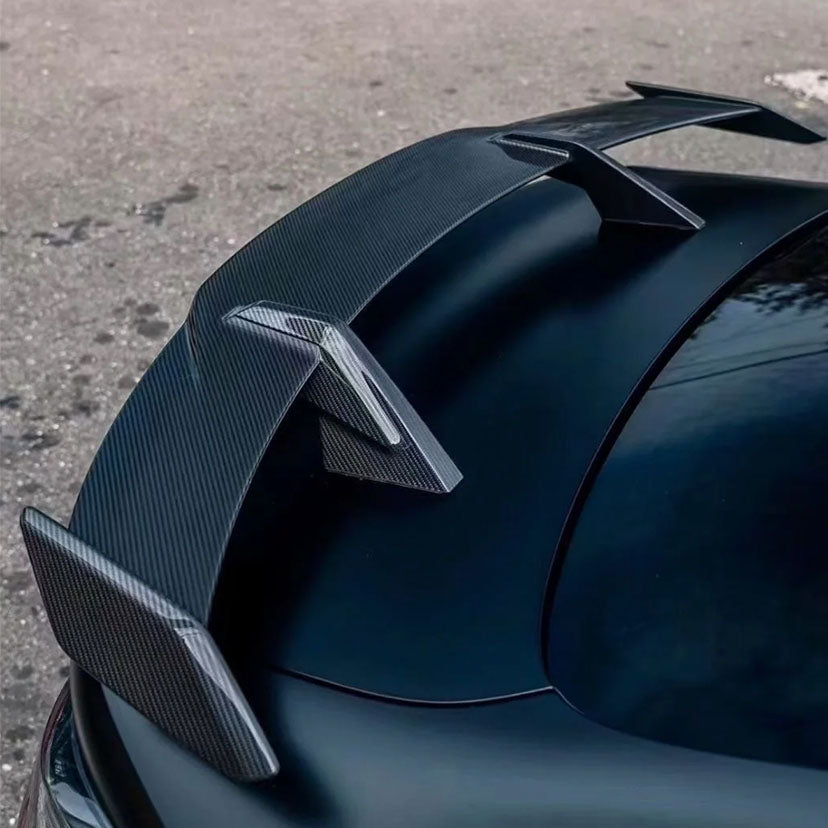
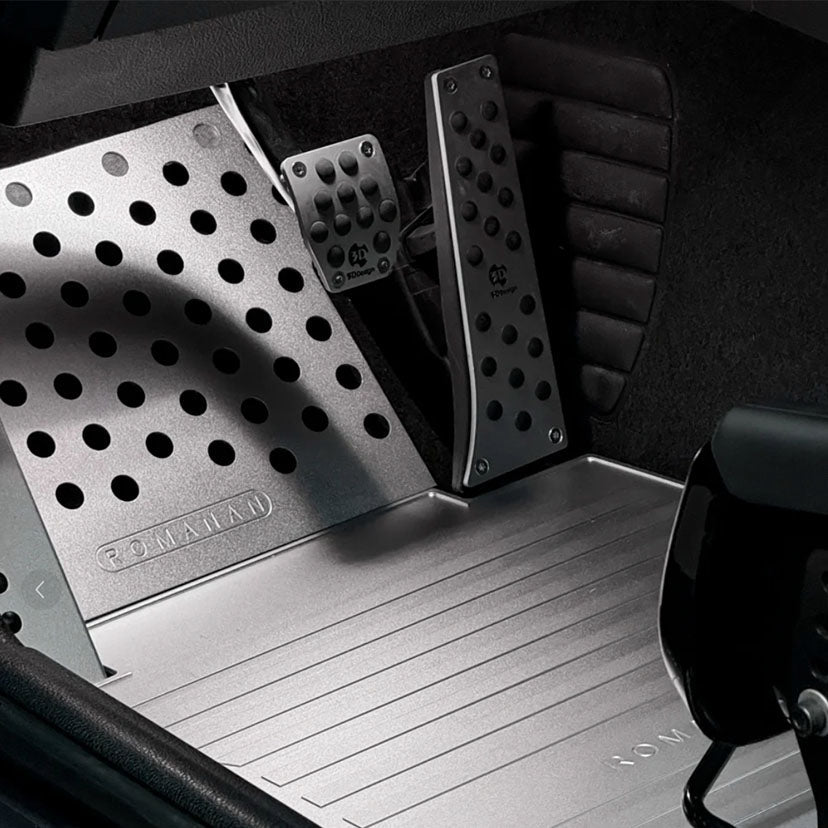
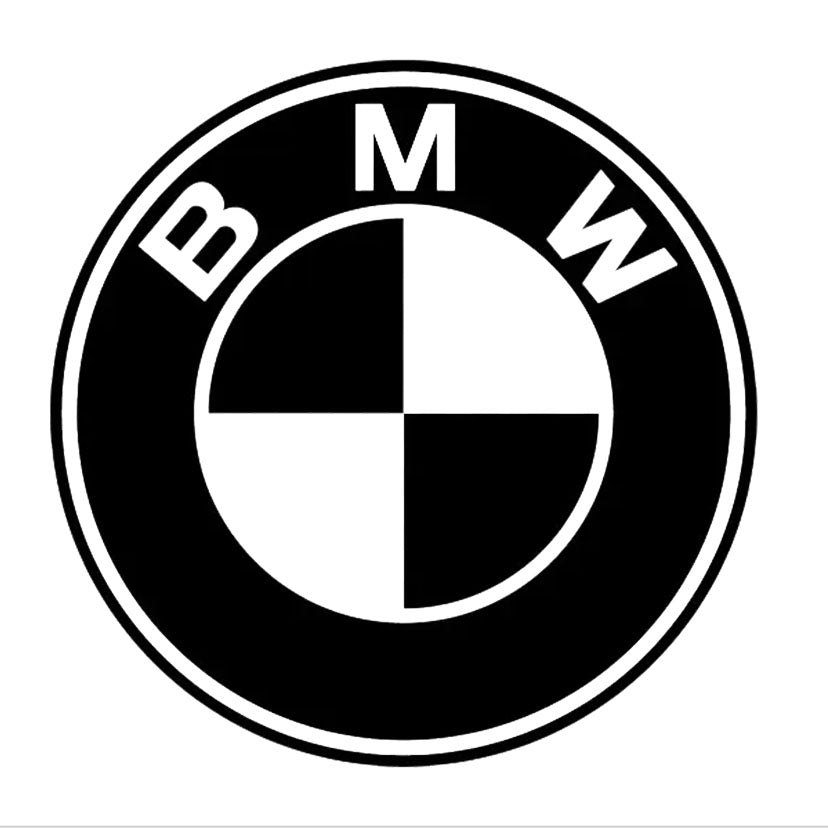
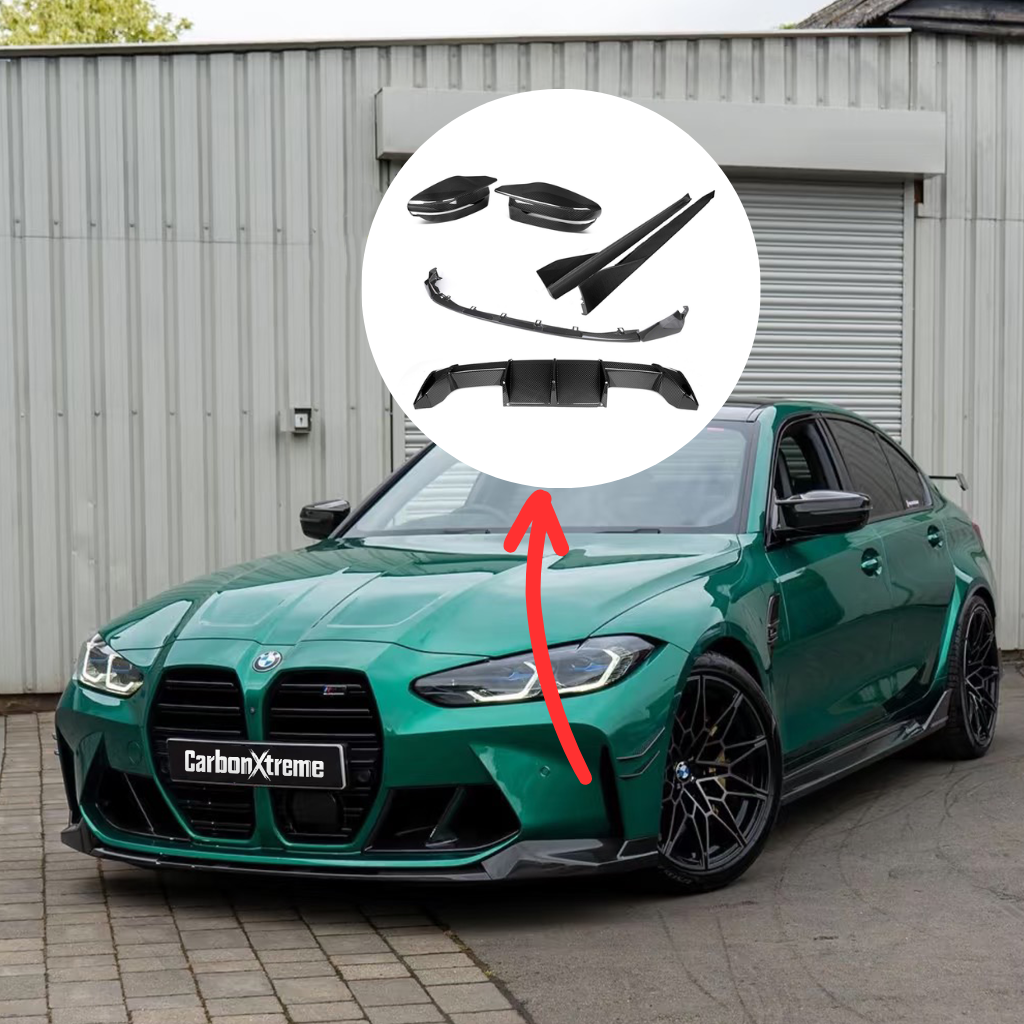
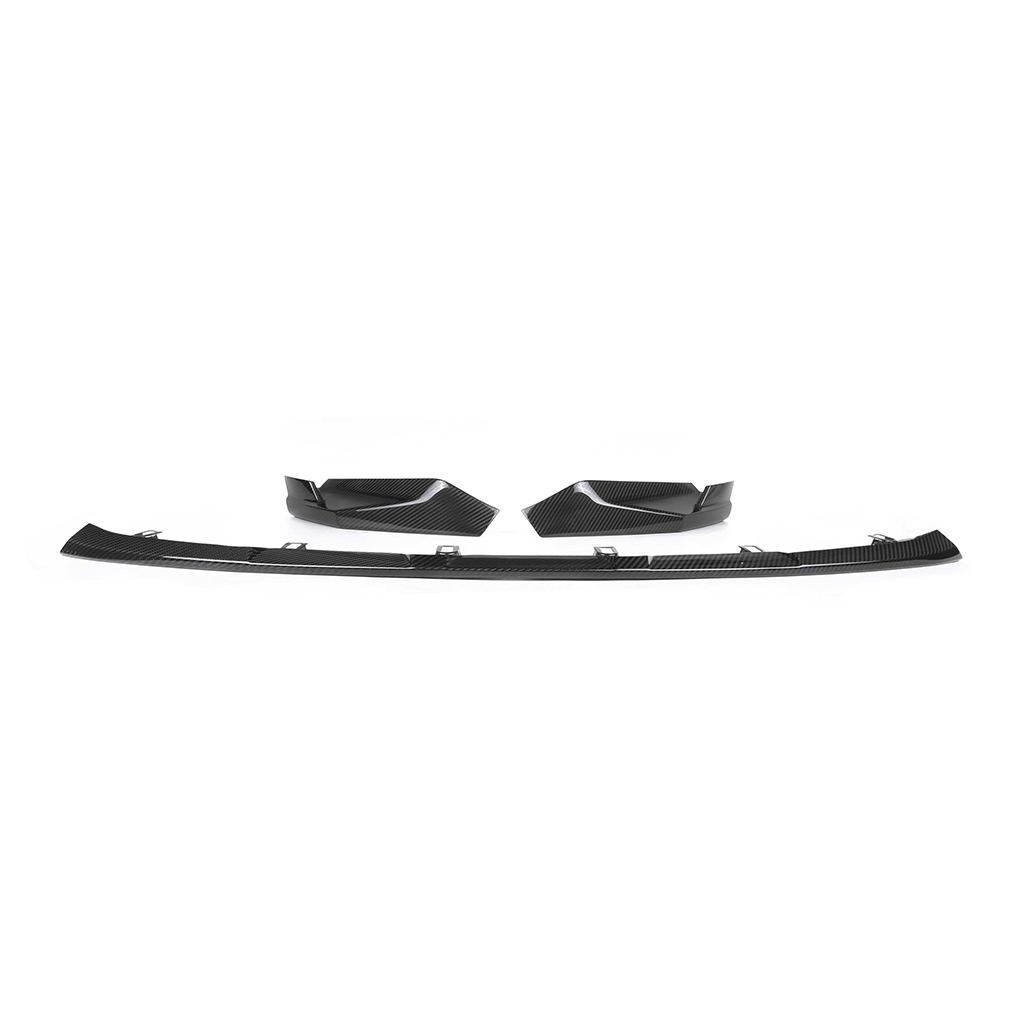
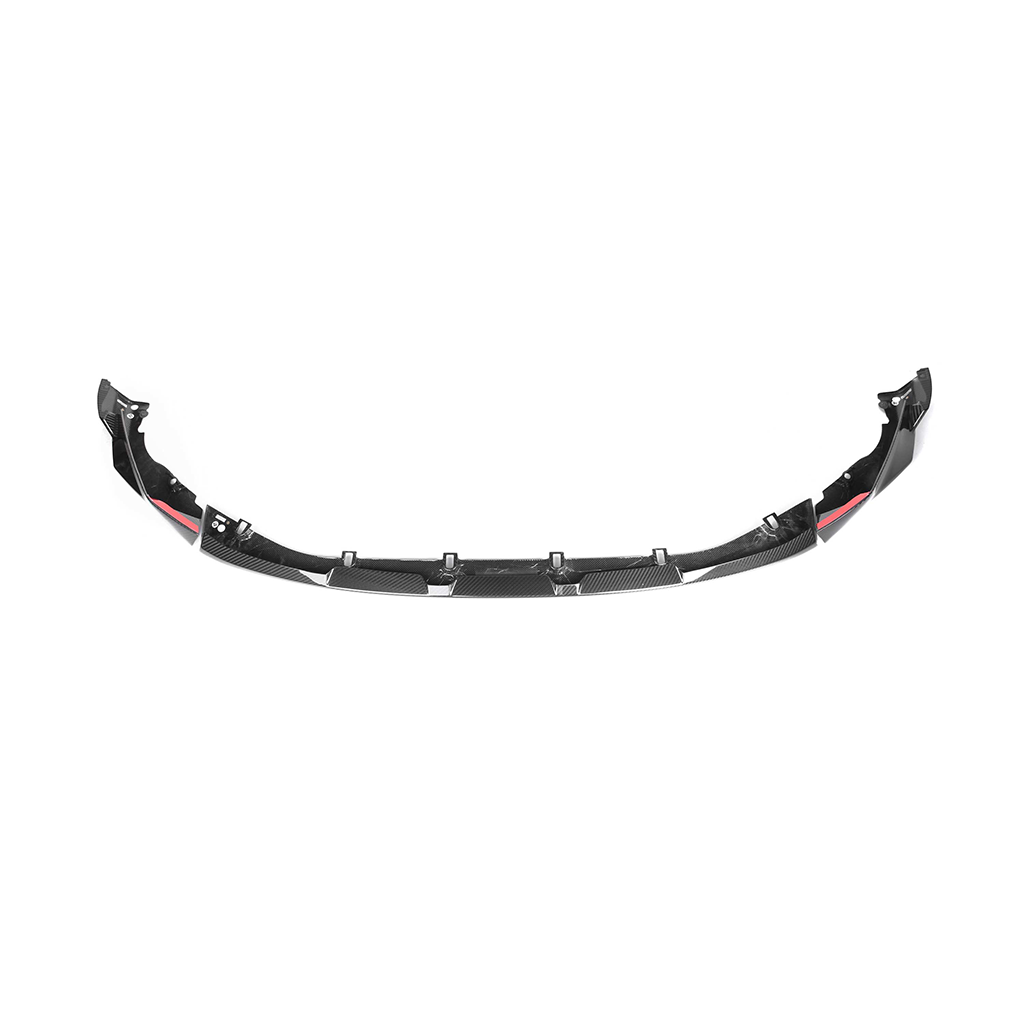
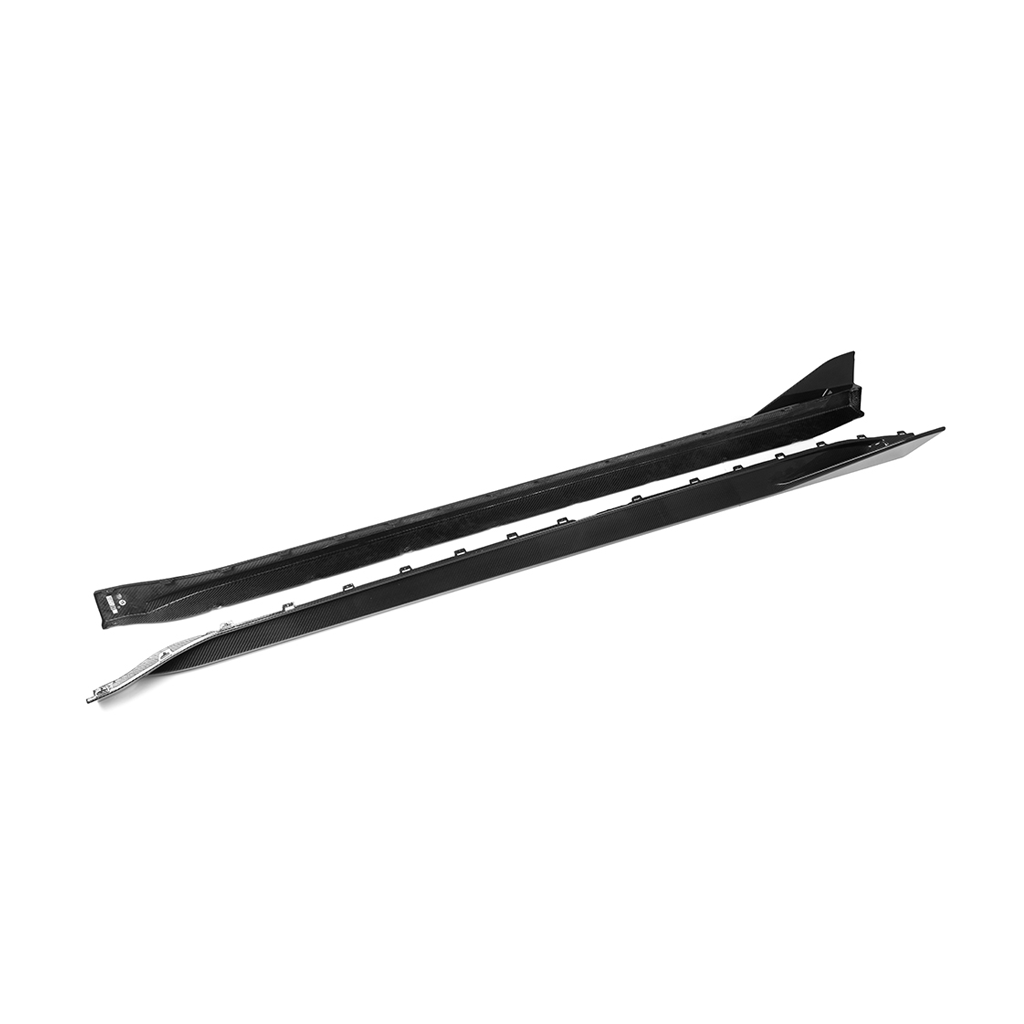
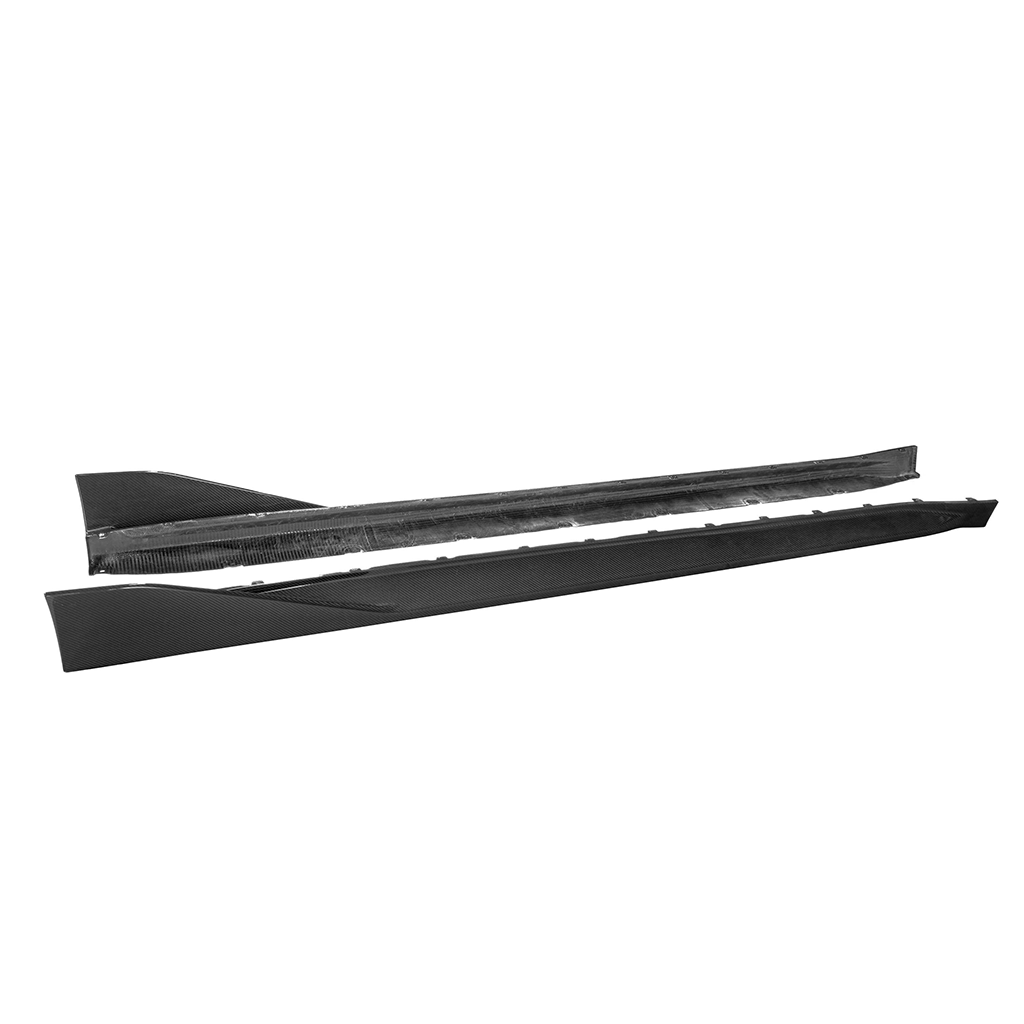
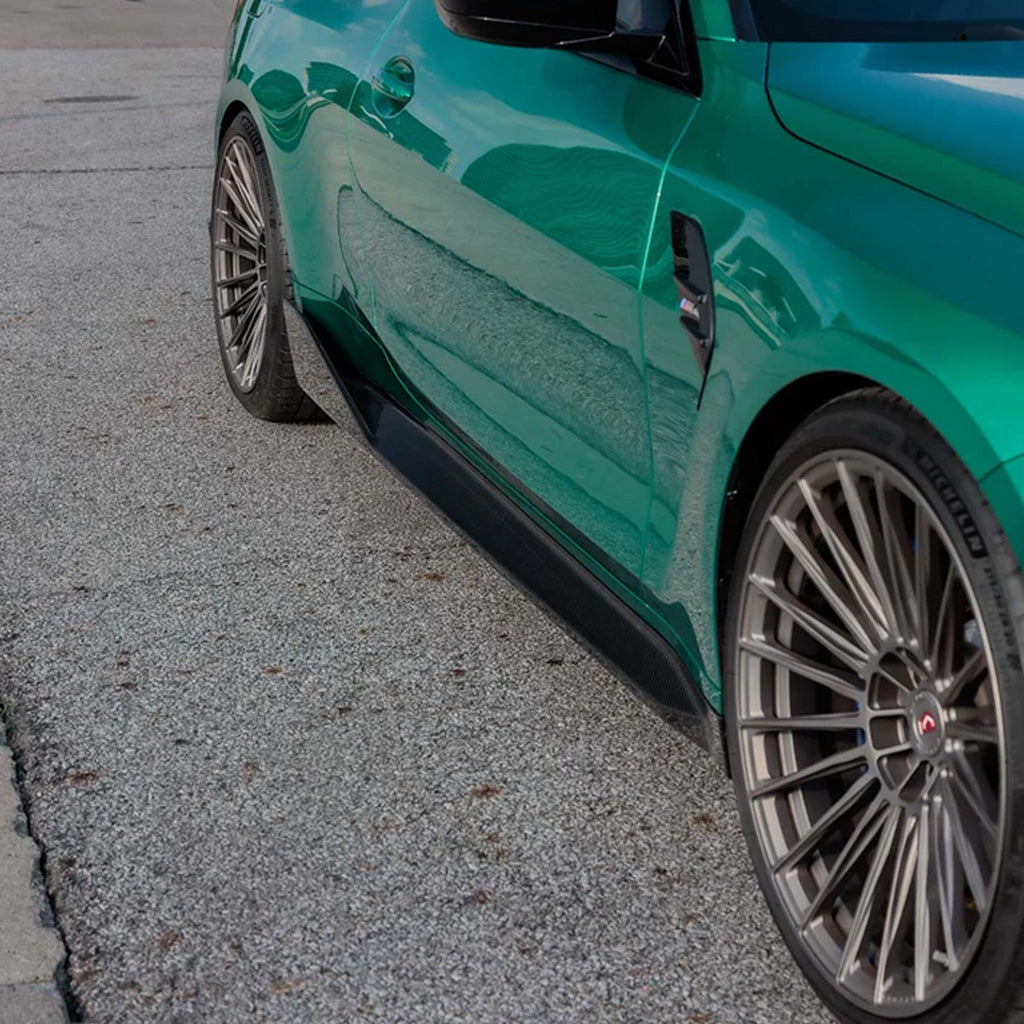



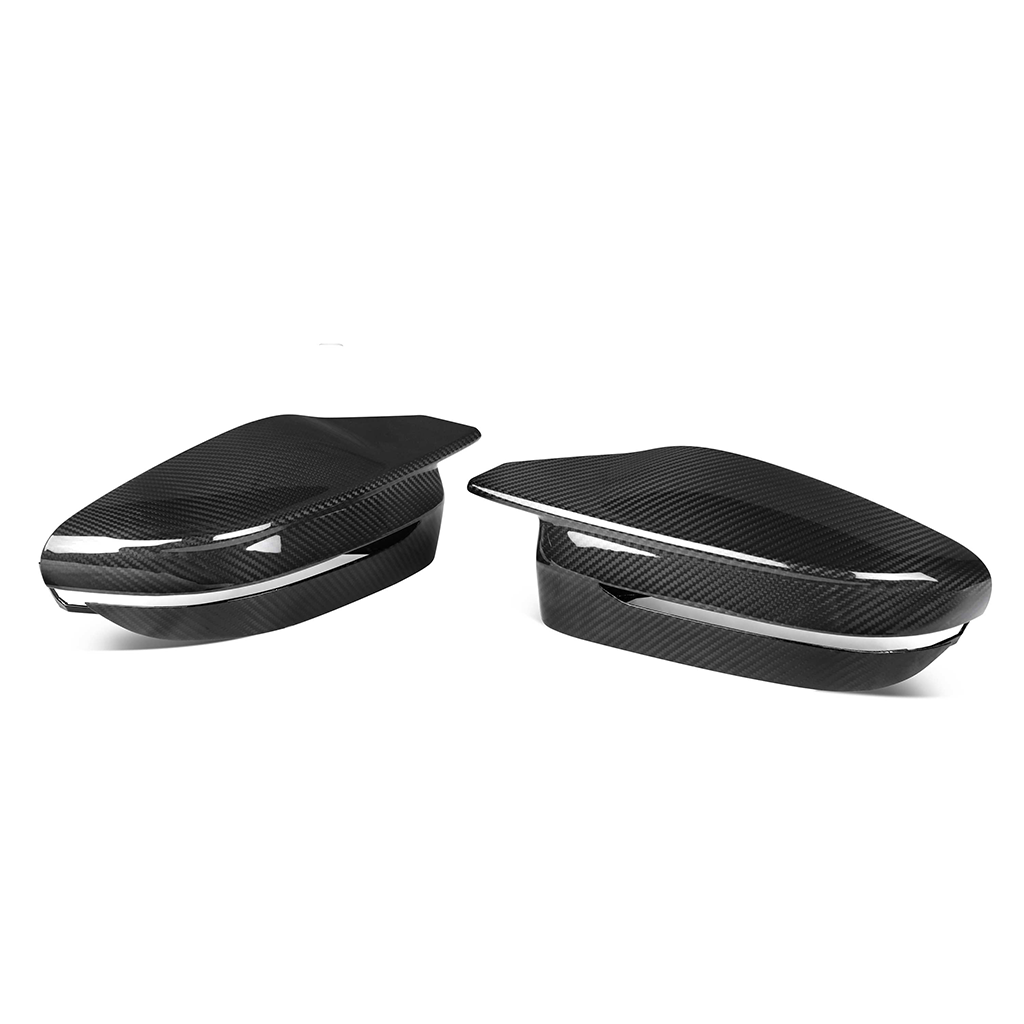
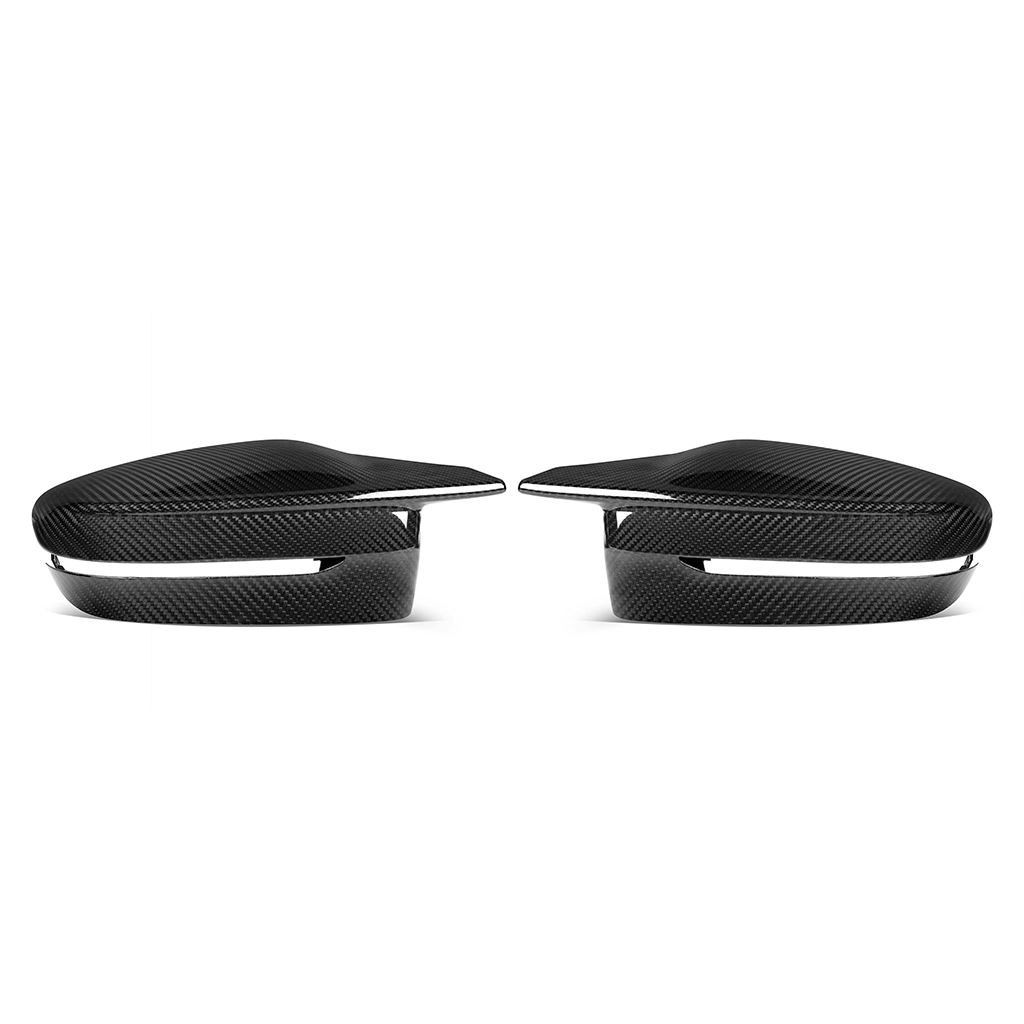
Share:
Slip-fit vs bolt-on exhaust connections explained simply
Short Throw Shifters vs Regular Shifters Key Benefits Explained